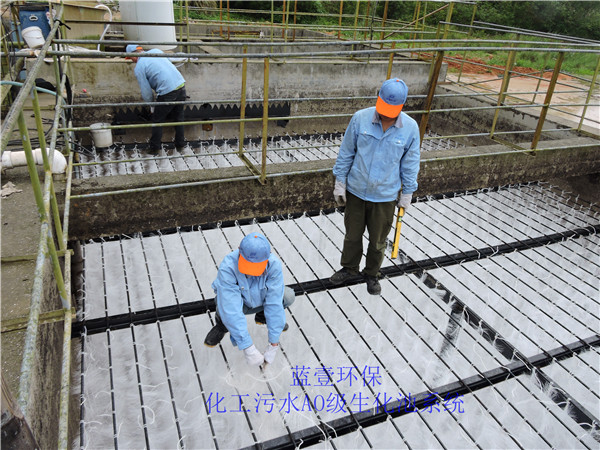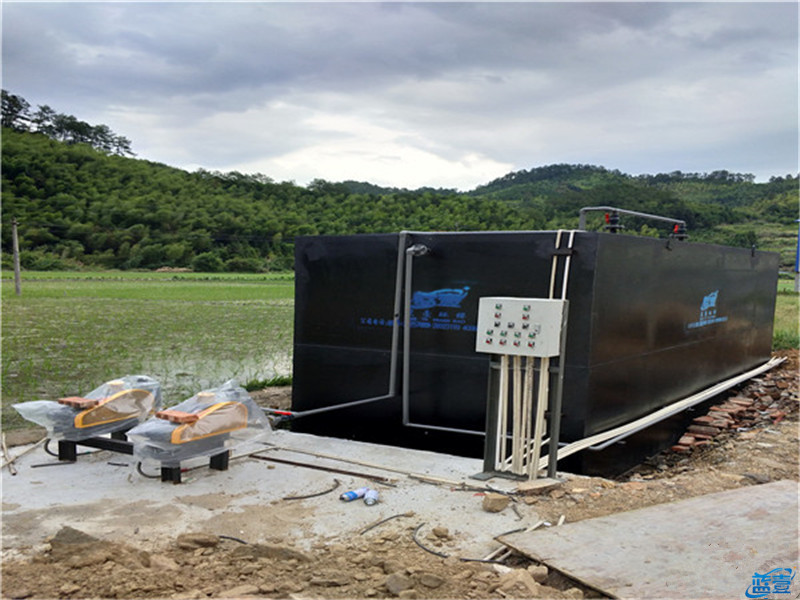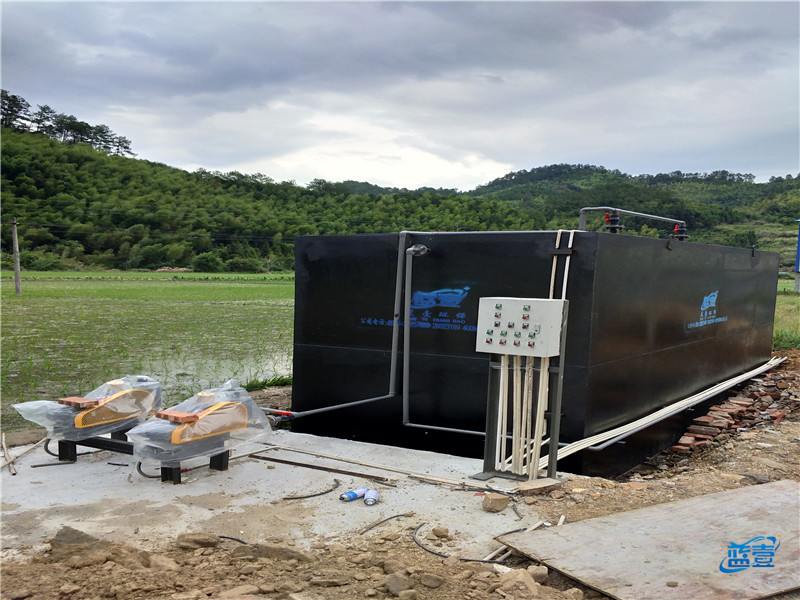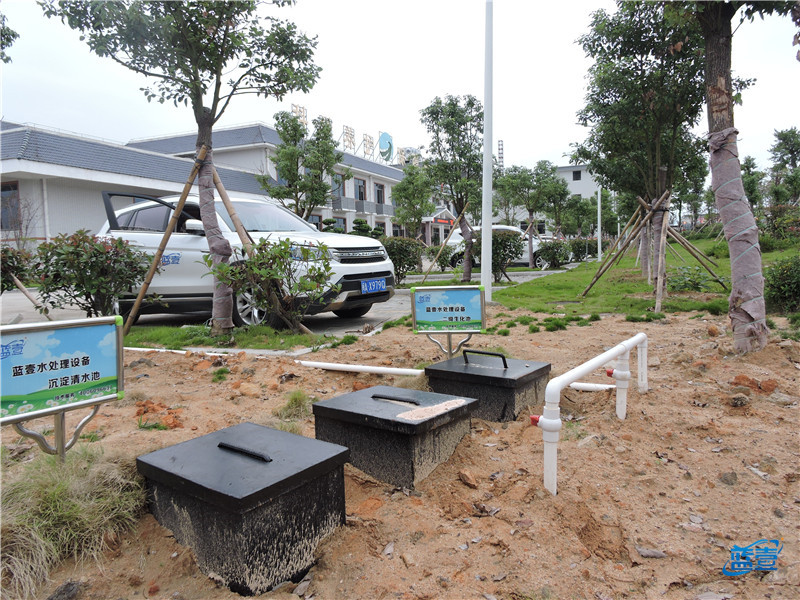+
WeChat:切換按鈕及底部微信


You Are Here:Home > News Center
> Industry Trends
How to use ozone disinfection method to treat medical wastewater?
source:www.83585.cn | Release time:2025-09-16
Ozone generators are mainly used in ozone sterilization treatment processes, which are generally used in medical wastewater treatment. Medical wastewater contains a large number of pathogenic bacteria, including enteroviruses, worm eggs, and protozoa. Ozone can effectively kill various bacteria in water and completely decompose them without causing secondary pollution. Many people must have seen this and asked how the ozone disinfection method treats medical wastewater?
How to use ozone to treat medical wastewater? Ozone generators can be used to provide ozone for treating bacteria and microorganisms in medical wastewater. Ozone has a high reduction potential and can destroy proteins, ribonucleic acids, and other substances that break down bacterial cell walls, membranes, and tissue structures, killing cells. In addition, ozone can effectively remove algae and kill bacteria. Studies have shown that traditional chlorination disinfection has poor inactivation effects on some pathogenic bacteria such as Cryptosporidium and Giardia in water, while ozone has better inactivation effects. Ozone disinfection has a short contact time, high efficiency, and is less affected by factors such as pH value, ammonia nitrogen, and temperature. However, its process is also clearly determined, and the half-life of ozone is short, which cannot maintain the disinfection effect in the pipeline network; After disinfection, the assimilatable organic carbon (AOC) in the water increases, and bacteria may reproduce again; Ozone is not easy to store and is usually produced and used on-site, resulting in high equipment investment and operating costs; Can react with bromides and iodides in water to produce harmful disinfection byproducts such as bromate and iodate, which are harmful to the human body.
How to use ozone to treat medical wastewater? Ozone generators can be used to provide ozone for treating bacteria and microorganisms in medical wastewater. Ozone has a high reduction potential and can destroy proteins, ribonucleic acids, and other substances that break down bacterial cell walls, membranes, and tissue structures, killing cells. In addition, ozone can effectively remove algae and kill bacteria. Studies have shown that traditional chlorination disinfection has poor inactivation effects on some pathogenic bacteria such as Cryptosporidium and Giardia in water, while ozone has better inactivation effects. Ozone disinfection has a short contact time, high efficiency, and is less affected by factors such as pH value, ammonia nitrogen, and temperature. However, its process is also clearly determined, and the half-life of ozone is short, which cannot maintain the disinfection effect in the pipeline network; After disinfection, the assimilatable organic carbon (AOC) in the water increases, and bacteria may reproduce again; Ozone is not easy to store and is usually produced and used on-site, resulting in high equipment investment and operating costs; Can react with bromides and iodides in water to produce harmful disinfection byproducts such as bromate and iodate, which are harmful to the human body.
Previous:
How to use domestic sewage treatment equipment?
Next:
How to deal with the malfunction of the sewage tr…
【Related articles】
【Related Products】
-
Telephone:0371-88912366 0371-88912399
-
Service Hotline:4006096637(technology)
-
Address:Building 3, Dingxiang County, High tech Industrial Development Zone, Zhengzhou City, Henan Province
-

Add WeChat
Copyright Notice: The content published on this website may not be downloaded, reproduced or mirrored without the permission of this website and the author. Violators will be held legally responsible by this website.







 home
home
 WeChat
WeChat
 telephone
telephone